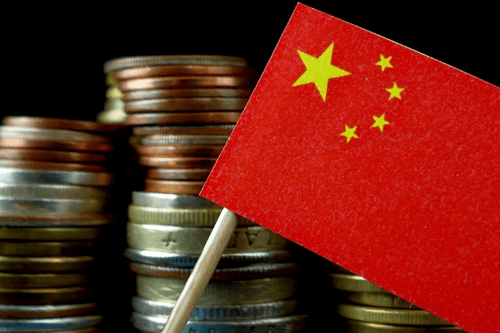
China Economy Growth Hits 29-Year Low
The China economy grew 6.1% in 2019, marking the slowest pace of growth for 29 years, data from the National Bureau of Statistics showed.
China has faced weak domestic demands plus some pressure from its bitter trade war with the US. As a result, the government tried to roll out measures over the past two years to boost growth.
This new data came after Beijing and Washington signed a “phase one” trade deal last Wednesday. The markets considered deal as a ceasefire in the conflict.
Still, the 6.1% growth fell within the target range of 6.0% to 6.5% by the central government. It missed the market’s expectation of 6.2%.
Also, the headline figure met the forecasts of the International Monetary Fund and the World Bank for China’s growth.
In Q4 2019, China’s GDP growth didn’t move at 6.0% from the previous quarter. On the other hand, it matched the lowest quarterly growth on record.
Industrial production expanded by 5.7% last year. It was slightly better than analysts’ expectations of 5.6%. However, it was lower than the 6.2% figure in 2018.
China Economy and the Phase One Deal
In a piece of related economy news, the phase one trade deal between the US and China is finally complete. However, many are doubtful over the prospects of the agreement.
Vice Premier Liu He was in Washington this week to sign the deal. He told the media that he was optimistic about the world economy, suggesting China was relying less on debt.
Under the phase one trade deal, China must buy hundreds of billions of dollars of US products. Analysts have touted the interim agreement as something that could boost China economy.
However, these analysts have also questioned whether China could deliver its promises. It’s worth remembering that the deal didn’t end the trade war, only lessened the friction.
US tariffs on many Chinese products still exist. At the same time, the US confirmed that the duties would remain in place as leverage in the negotiations.
Also, some analysts argue that sluggish domestic demand will offset the effects of the trade war. That means China’s central bank will have to intervene again.
The government has used a combination of measures to ease China’s economy’s slowdown. These measures included tax cuts and the bond selling of local governments for their infrastructure projects.
There have also been calls for local banks to lend more, particularly to small firms.




